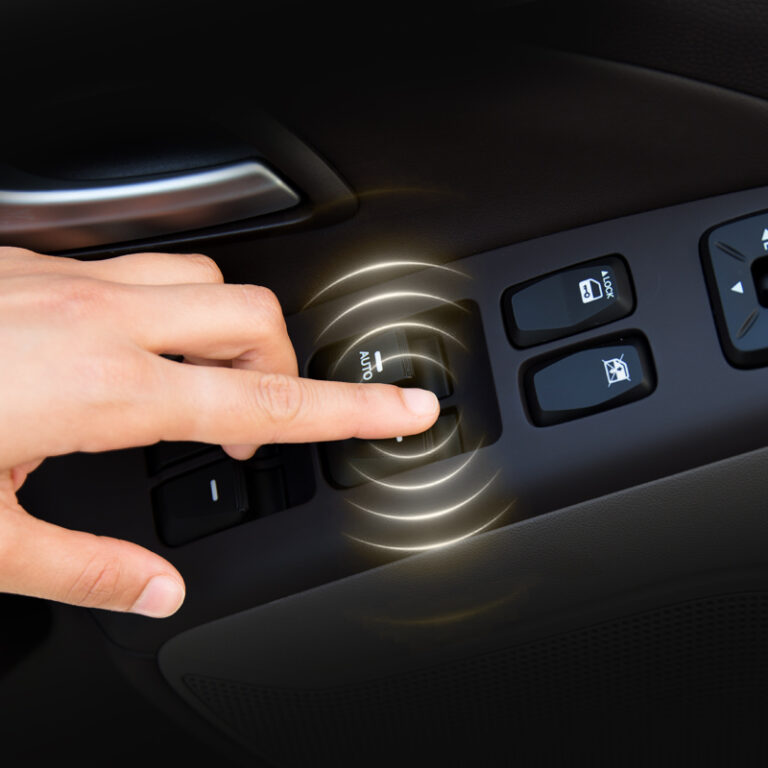What is Haptic Technology?
Haptic technology, also known as haptics, refers to any technology that can create a tactile experience by applying forces, vibrations, or motions to the user. This technology aims to simulate the sense of touch, allowing users to feel and interact with virtual objects as if they were real. The term “haptic” is derived from the Greek word “haptikos,” meaning able to touch or perceive.
How Does Haptic Technology Work?
Haptic devices typically use actuators to produce controlled forces and vibrations. These actuators can be embedded in various devices, such as smartphones, game controllers, VR gloves, and more. When you touch a surface on a haptic-enabled device, sensors detect your touch and the system responds by creating tactile feedback. This feedback can range from simple vibrations to more complex sensations that mimic the texture and resistance of real-world objects.
Applications of Haptic Technology
Gaming and Entertainment:
Haptic technology has revolutionized the gaming industry by providing more immersive experiences. Game controllers with haptic feedback can simulate the recoil of a gun, the rumble of an engine, or the impact of a collision, making games more engaging and realistic.
Virtual Reality (VR):
In VR, haptics enhances the sense of presence by allowing users to feel virtual objects. Haptic gloves and suits enable users to touch, grab, and manipulate objects in a virtual environment, making interactions more natural and intuitive.
Medical and Healthcare:
Haptic technology is making significant strides in medical training and remote surgery. Surgeons can use haptic-enabled robotic systems to perform delicate procedures with precision, feeling the resistance and texture of tissues. Medical students can practice surgeries on virtual patients, receiving tactile feedback that simulates real-life scenarios.
Mobile Devices:
Most modern smartphones incorporate haptic feedback, from the subtle vibration of a touchscreen keyboard to more complex interactions in apps and games. This feedback enhances user experience by providing confirmation of actions and making interactions more tactile.
Automotive Industry:
In the automotive sector, haptic technology is being integrated into touchscreens and control systems within vehicles. This allows drivers to receive tactile feedback without taking their eyes off the road, improving safety and user experience.
The Future of Haptic Technology
The future of haptic technology is promising, with ongoing research and development aimed at creating even more sophisticated and realistic tactile experiences. Advances in materials science, sensor technology, and artificial intelligence are paving the way for next-generation haptic devices. Potential future applications include:
Enhanced Wearables:
Wearable haptic devices could provide more detailed and nuanced feedback, making interactions with smartwatches, fitness trackers, and AR glasses more immersive and intuitive.
Telepresence:
Haptics could play a crucial role in telepresence, allowing people to interact with remote environments and objects as if they were physically present. This could revolutionize fields such as remote work, education, and social interaction.
Expanded Medical Applications:
Future haptic technology could enable even more precise and varied medical procedures, improving outcomes in surgeries and rehabilitation.
Conclusion
Haptic technology is transforming the way we interact with digital content, making experiences more immersive and intuitive. As this technology continues to evolve, it holds the potential to revolutionize various industries, from entertainment and healthcare to automotive and beyond. By bridging the gap between the physical and digital worlds, haptics is truly touching the digital frontier.







